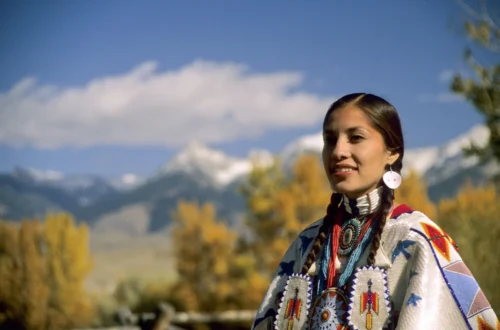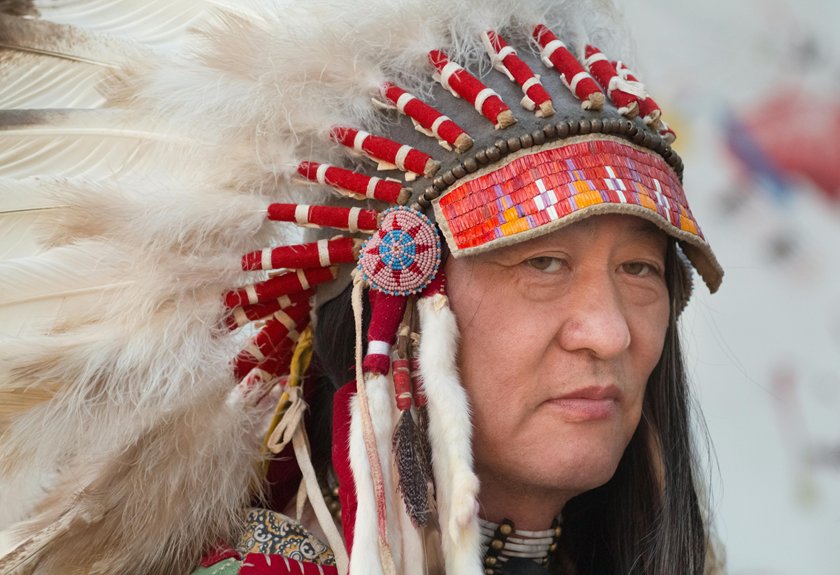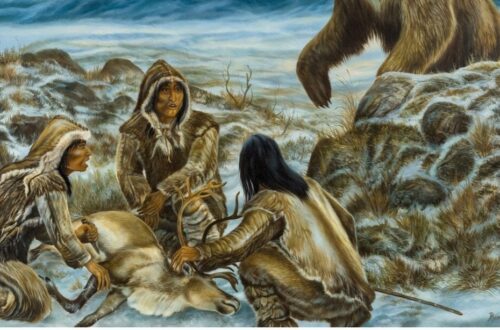As you explore the complex relationship between English colonists and Native Americans, you’ll notice that disputes over land ownership often stood at the heart of their tensions. Colonists viewed land as a resource to be owned and exploited, while Native communities held deep spiritual connections to their ancestral territories. This fundamental clash not only led to misunderstandings but also ignited conflicts that shaped their interactions. What other factors contributed to this fraught dynamic?
Disputes Over Land Ownership
As English colonists expanded their settlements, they often disregarded the deep-rooted connections Native Americans had with the land, leading to significant disputes over land ownership.
You can imagine how frustrating it must’ve been for Native communities, who viewed the land as sacred and integral to their identity. Colonists, however, approached land as a commodity, often claiming it without understanding its cultural significance.
This clash of perspectives created tension, with Native Americans resisting encroachments and asserting their rights. Negotiations frequently broke down, as colonists offered treaties that were poorly understood or unfair.
Recognizing these complexities helps you appreciate the profound impact these disputes had, not just on the immediate parties involved, but on the fabric of future relationships between Native Americans and settlers.
Cultural Misunderstandings
While English colonists often approached interactions with Native Americans with a mindset rooted in their own cultural norms, they frequently misinterpreted the customs and values of Indigenous peoples.
You might notice how differences in communication styles, such as directness versus indirectness, led to misunderstandings. Colonists often viewed Native American practices, like communal land use and spiritual beliefs, through a lens of European individualism and materialism.
These misconceptions fueled distrust, as colonists thought Native Americans were uncooperative or hostile when they simply had different ways of relating to the land and each other.
Recognizing these cultural differences is essential to understanding the tensions that arose, as empathy could have fostered more respectful and cooperative relationships between the two groups.
Competition for Resources
Although English colonists sought to expand their settlements and cultivate the land, their arrival often intensified competition for resources with Native American tribes who’d long relied on those same lands for their survival.
As you explore this historical context, consider how the colonists’ need for timber, fertile soil, and game clashed with the established practices of Indigenous people.
Native Americans used these resources sustainably, deeply intertwined with their cultural and spiritual lives.
When colonists encroached on hunting grounds and agricultural areas, tensions escalated, leading to conflicts that would have lasting impacts on both communities.
Understanding this competition for resources helps you appreciate the profound challenges faced by Native Americans and the complexities of early colonial relationships.
Disease and Its Impact
When European settlers arrived in North America, they unknowingly brought with them diseases that would devastate Native American populations. Smallpox, measles, and influenza spread rapidly among Indigenous communities, who’d no immunity to these foreign illnesses.
You mightn’t realize the profound impact this had—not just regarding loss of life but also the disruption of social structures and cultural practices. Entire tribes faced decimation, leading to a collapse of traditional ways of living.
This suffering wasn’t just a statistic; it was a tragedy that altered the relationships between Native Americans and colonists. As communities mourned their dead, misunderstandings and tensions grew, complicating the already fraught interactions between two very different cultures trying to coexist in a shared land.
The Role of Trade
As trade emerged between English colonists and Native Americans, it created both opportunities and conflicts that shaped their interactions. You might see how the exchange of goods, like furs for metal tools, initially benefited both parties.
However, misunderstandings and differing values complicated these relationships. For Native Americans, trade often held spiritual significance, while colonists viewed it primarily as a means to profit.
This clash of perspectives sometimes led to exploitation, as colonists sought to dominate trade networks. You can appreciate how these tensions were rooted in cultural differences, with Native Americans endeavoring to protect their ways of life.
Ultimately, trade became a double-edged sword, fostering connections yet sowing seeds of mistrust that would affect future relations.
Violent Conflicts and Warfare
While trade initially forged connections between English colonists and Native Americans, it wasn’t long before misunderstandings escalated into violent conflicts and warfare.
As colonists expanded their settlements, they encroached on Indigenous lands, leading to fierce resistance. You might see how the differing views on land ownership intensified disputes; for Native Americans, land was communal and sacred, while colonists viewed it as property to be bought and sold.
Tensions boiled over in events like King Philip’s War, where both sides suffered heavy losses. These violent clashes not only shattered relationships but also shaped the future of the region.
Understanding this history helps you appreciate the deep scars left by conflict and the ongoing struggles for recognition and justice faced by Native communities today.
Alliances and Betrayals
Amid the shifting dynamics between English colonists and Native Americans, alliances formed based on mutual interests often gave way to betrayals that deepened mistrust.
You’ll see that both groups sought partnerships to achieve shared goals, such as trade and protection.
However, as colonists expanded their settlements, many Native American leaders felt betrayed when their allies shifted loyalties for land or resources.
These betrayals not only fractured relationships but also fueled cycles of suspicion and conflict.
Trust, once built, crumbled under the weight of competing interests.
Understanding these dynamics helps you appreciate the complexities of their interactions, revealing how alliances, intended to foster cooperation, frequently spiraled into deeper divides, shaping the future of both communities.
Changing Territorial Boundaries
When the English colonists began to settle in North America, their relentless pursuit of land led to dramatic changes in territorial boundaries that had profound effects on Native American communities.
As colonists expanded their settlements, they encroached on lands that Indigenous peoples had occupied for generations. This not only disrupted traditional hunting and farming practices but also eroded the cultural and spiritual connections Native Americans had with their land.
You might see how these shifts created a sense of urgency among Indigenous groups to defend their territories. The resulting conflicts were fueled by misunderstandings and differing views on land ownership, leading to a painful cycle of displacement and tension that still reverberates today.
Understanding these historical dynamics is essential for fostering empathy and reconciliation.





